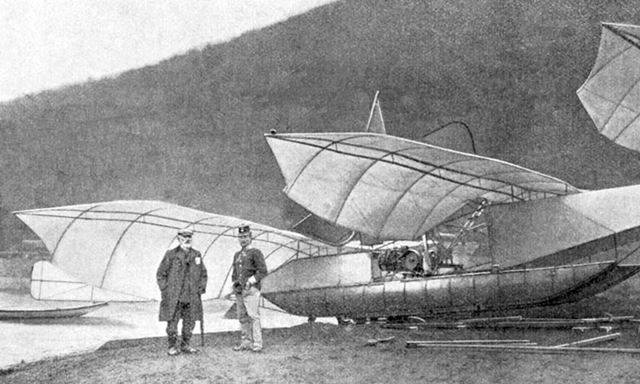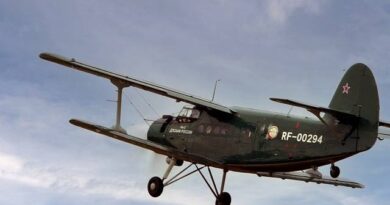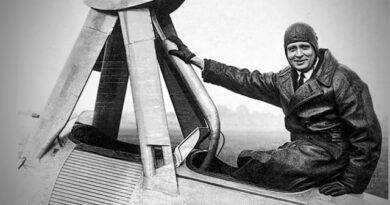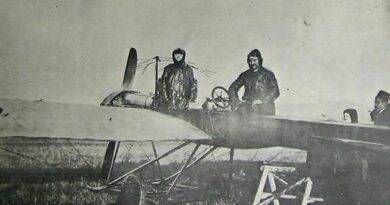Wilhelm Kress: The Austrian Aviation Pioneer
Wilhelm Kress was an Austrian aviation pioneer who made significant contributions to the development of early flying machines. He was born in Saint Petersburg, Russia, in 29 Jul 1836, and moved to Vienna in 1873. In Vienna, he began experimenting with self-propelled flying models, and in 1877, he developed the first modern delta-flying hang glider. This hang-glider was a major achievement for the time, and it helped to pave the way for the development of heavier-than-air aircraft.
In the early 1900s, Kress began working on a seaplane, the Drachenflieger (German for “Dragon-flier”). The Drachenflieger was an experimental aircraft that was designed to take off from the water. It was powered by a gasoline engine, and it had a wingspan of 20 meters. The Drachenflieger made its first flight in 1901, and it was a successful test of the concept of a seaplane.
Kress’s work on the Drachenflieger was not without its challenges. The aircraft was difficult to control, and it was prone to tipping over. However, Kress was determined to succeed, and he continued to work on the Drachenflieger until his death in 24 Feb 1913.
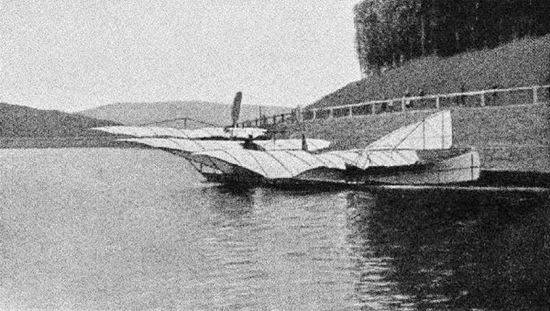
image source: By Unknown author – [1], Das obere Wiental in alten Ansichten. Band 1 (1858 – 1918). Vom Bau der Westbahn bis zum Ersten Weltkrieg. Heimat-Verlag, Public Domain, https://commons.wikimedia.org/w/index.php?curid=654580
Kress’s contributions to the development of early flying machines were significant. He was a pioneer in the field of hang gliding, and his work on the Drachenflieger helped to pave the way for the development of seaplanes. Kress’s legacy is one of innovation and determination, and he is considered to be one of the most important figures in the history of aviation.
References:
- Wilhelm Kress – Wikipedia: https://en.wikipedia.org/wiki/Wilhelm_Kress
- Kress Drachenflieger – Wikipedia: https://en.wikipedia.org/wiki/Kress_Drachenflieger
- Aviation history : Early Developments in Europe – ICAO: https://applications.icao.int/postalhistory/aviation_history_early_developments_in_europe.html
featured image: https://www.onverticality.com/blog/wilhelm-kress-drachenflieger
